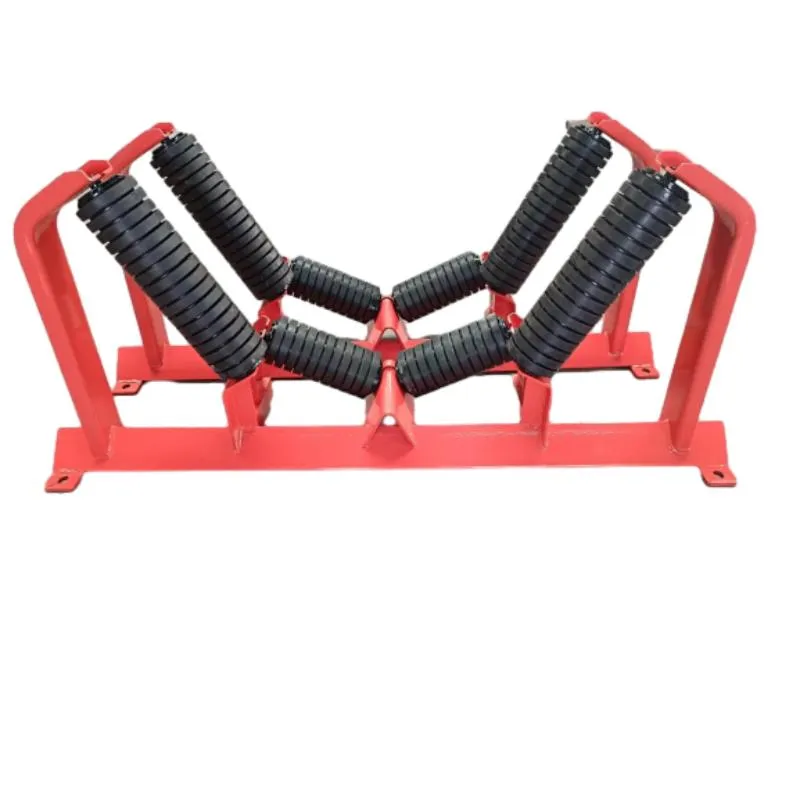 Afrikaans
Afrikaans  Albanian
Albanian  Amharic
Amharic  Arabic
Arabic  Armenian
Armenian  Azerbaijani
Azerbaijani  Basque
Basque  Belarusian
Belarusian  Bengali
Bengali  Bosnian
Bosnian  Bulgarian
Bulgarian  Catalan
Catalan  Cebuano
Cebuano  Corsican
Corsican  Croatian
Croatian  Czech
Czech  Danish
Danish  Dutch
Dutch  English
English  Esperanto
Esperanto  Estonian
Estonian  Finnish
Finnish  French
French  Frisian
Frisian  Galician
Galician  Georgian
Georgian  German
German  Greek
Greek  Gujarati
Gujarati  Haitian Creole
Haitian Creole  hausa
hausa  hawaiian
hawaiian  Hebrew
Hebrew  Hindi
Hindi  Miao
Miao  Hungarian
Hungarian  Icelandic
Icelandic  igbo
igbo  Indonesian
Indonesian  irish
irish  Italian
Italian  Japanese
Japanese  Javanese
Javanese  Kannada
Kannada  kazakh
kazakh  Khmer
Khmer  Rwandese
Rwandese  Korean
Korean  Kurdish
Kurdish  Kyrgyz
Kyrgyz  Lao
Lao  Latin
Latin  Latvian
Latvian  Lithuanian
Lithuanian  Luxembourgish
Luxembourgish  Macedonian
Macedonian  Malgashi
Malgashi  Malay
Malay  Malayalam
Malayalam  Maltese
Maltese  Maori
Maori  Marathi
Marathi  Mongolian
Mongolian  Myanmar
Myanmar  Nepali
Nepali  Norwegian
Norwegian  Norwegian
Norwegian  Occitan
Occitan  Pashto
Pashto  Persian
Persian  Polish
Polish  Portuguese
Portuguese  Punjabi
Punjabi  Romanian
Romanian  Russian
Russian  Samoan
Samoan  Scottish Gaelic
Scottish Gaelic  Serbian
Serbian  Sesotho
Sesotho  Shona
Shona  Sindhi
Sindhi  Sinhala
Sinhala  Slovak
Slovak  Slovenian
Slovenian  Somali
Somali  Spanish
Spanish  Sundanese
Sundanese  Swahili
Swahili  Swedish
Swedish  Tagalog
Tagalog  Tajik
Tajik  Tamil
Tamil  Tatar
Tatar  Telugu
Telugu  Thai
Thai  Turkish
Turkish  Turkmen
Turkmen  Ukrainian
Ukrainian  Urdu
Urdu  Uighur
Uighur  Uzbek
Uzbek  Vietnamese
Vietnamese  Welsh
Welsh  Bantu
Bantu  Yiddish
Yiddish  Yoruba
Yoruba  Zulu
Zulu conveyor take up pulley
Understanding Conveyor Take-Up Pulleys Essential Components for Efficient Material Transport
Conveyor systems play a pivotal role in various industries, facilitating the movement of materials from one point to another with efficiency and reliability. Among the critical components of these systems are take-up pulleys, which are indispensable for maintaining the proper tension of conveyor belts. This article explores the importance, function, and different types of take-up pulleys in conveyor systems.
What is a Take-Up Pulley?
A take-up pulley refers to a specialized component used in conveyor systems that manages belt tension. Essentially, it is designed to adjust the length of the belt by taking up any slack that may be generated during operation due to factors like wear, stretch, or thermal expansion. The effective functioning of take-up pulleys is crucial as it helps to reduce the chances of belt misalignment, enhances the lifespan of the conveyor belt, and ensures a smoother operation.
Importance of Take-Up Pulleys
Maintaining the correct tension on a conveyor belt is vital for several reasons
1. Prevents Slippage If the belt is too loose, it may slip on the pulleys, leading to inefficiencies and causing the material to not be transported effectively. This slippage can also cause additional wear on the belt and the pulleys themselves.
2. Extends Belt Life Proper tension helps prevent undue stress on the belt material. Over time, belts that operate under optimal tension settings typically last longer and require fewer replacements, saving costs in the long run.
3. Prevents Damage A conveyor belt that has too much slack can lead to it coming off the pulleys, which may result in significant damage to both the belt and the entire conveyor setup. This can trigger costly downtime and repairs.
4. Ensures Consistent Performance Maintaining the correct belt tension allows for consistent material handling. When the tension is properly regulated, variables like speed and load capacity remain stable, thereby optimizing the conveyor’s performance.
conveyor take up pulley

Types of Take-Up Pulleys
Take-up pulleys come in various designs, each suited for specific applications. Here are the most common types
1. Fixed Take-Up Pulleys As the name implies, these pulleys are fixed in place and do not allow for length adjustments. They are typically used in applications where belts have minimal wear and require less frequent tension adjustments.
2. Adjustable Take-Up Pulleys These pulleys can be easily adjusted to maintain proper tension. They feature mechanisms such as chains, screws, or hydraulic systems to facilitate quick and efficient adjustments as needed. Adjustable take-up pulleys are ideal for dynamic applications where changes in belt length are more common.
3. Gravity Take-Up Pulleys Utilized in applications where the conveyor system is inclined, gravity take-up pulleys use the weight of a counterweight to apply tension to the conveyor belt. This design is particularly effective in ensuring that the belt remains taut, even when handling heavy loads.
4. Dynamic Take-Up Pulleys These are sophisticated systems that continuously monitor belt tension in real time and can automatically make adjustments to maintain optimal tension levels. Such systems are generally found in high-volume or critical applications where maintaining consistent performance is essential.
5. Horizontal and Vertical Take-Up Pulleys Depending on the layout of the conveyor system, take-up pulleys can be mounted horizontally or vertically. The orientation impacts how the tension adjustments are made and the overall design of the conveyor setup.
Conclusion
In conclusion, take-up pulleys are vital components of any conveyor system, playing a key role in ensuring the efficient operation, longevity, and reliability of the system. Understanding the various types of take-up pulleys and their functions can help businesses optimize their material handling processes. By ensuring that the conveyor belt operates with the correct tension, companies can mitigate potential operational issues, reduce maintenance costs, and enhance overall productivity. As industries increasingly adopt automation and modernized systems, the significance of robust components such as take-up pulleys will continue to grow.
-
Revolutionizing Conveyor Reliability with Advanced Rubber Lagging PulleysNewsJul.22,2025
-
Powering Precision and Durability with Expert Manufacturers of Conveyor ComponentsNewsJul.22,2025
-
Optimizing Conveyor Systems with Advanced Conveyor AccessoriesNewsJul.22,2025
-
Maximize Conveyor Efficiency with Quality Conveyor Idler PulleysNewsJul.22,2025
-
Future-Proof Your Conveyor System with High-Performance Polyurethane RollerNewsJul.22,2025
-
Driving Efficiency Forward with Quality Idlers and RollersNewsJul.22,2025





























